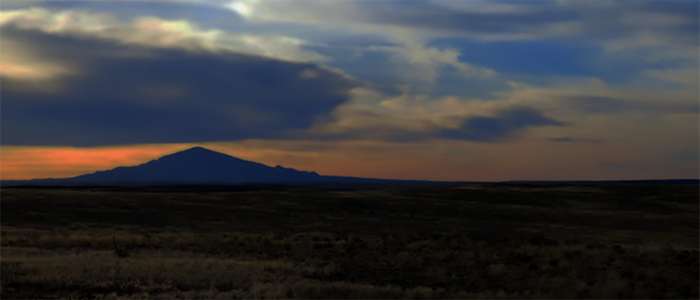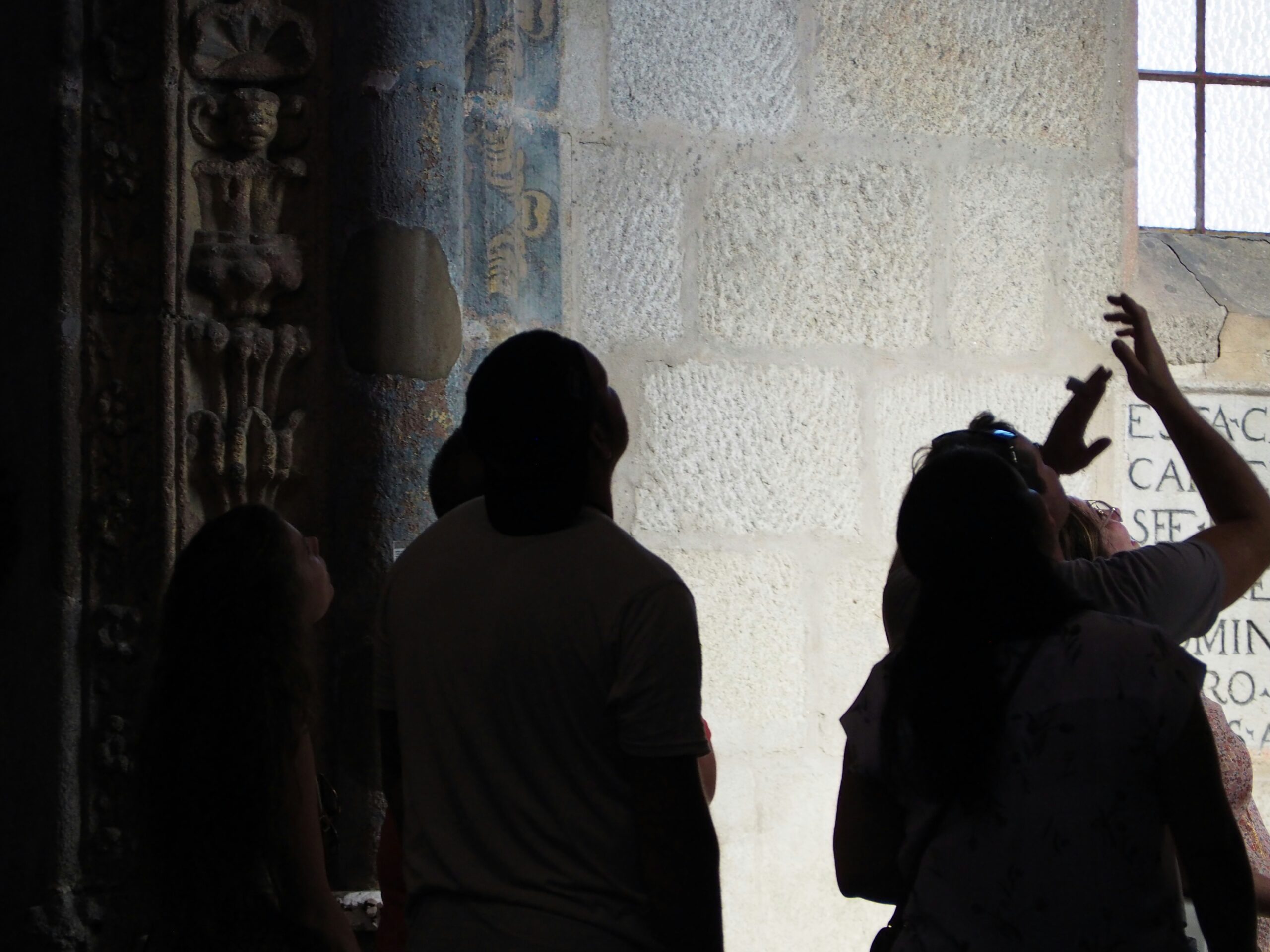"Instead of "Thank you for your service," try, "We're sorry you had to expend your blood, sweat, tears and toil to clean up our monumental failings." Every time you meet one of the dwindling numbers of WWII veterans...
Category - Falls City
Beginning of the End Day
"Instead of "Thank you for your service," try, "We're sorry you had to expend your blood, sweat, tears and toil to clean up our monumental failings." Every time you meet one of the dwindling numbers of WWII veterans...















